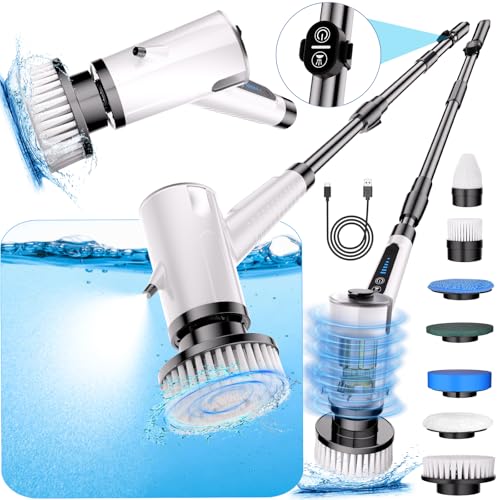sasman
Well-known member
Just read Car & Driver Drive data on The i3..I have read endless reviews of how skinny tyres don't give much grip..
The i3 went round a slalom course max speed 39.3 Mph Braking Distance 163 Feet
Ford Fiesta ST 41.3 mph Tyre 205/40R-17 Braking Distance 172 feet
Mini Cooper S 39.9 Mph Tyre 205/45-17 Braking Distance 191 feet
Fiat abarth 500 40.4 Mph Tyre 205/40Zr-17 Braking Distance 195 Feet
Wow!! who would have thought the I3 would post such impressive figures from such Skinny rubber...and Autocar reports that wet handling is very good as well..Brilliant!!
The i3 went round a slalom course max speed 39.3 Mph Braking Distance 163 Feet
Ford Fiesta ST 41.3 mph Tyre 205/40R-17 Braking Distance 172 feet
Mini Cooper S 39.9 Mph Tyre 205/45-17 Braking Distance 191 feet
Fiat abarth 500 40.4 Mph Tyre 205/40Zr-17 Braking Distance 195 Feet
Wow!! who would have thought the I3 would post such impressive figures from such Skinny rubber...and Autocar reports that wet handling is very good as well..Brilliant!!
















































